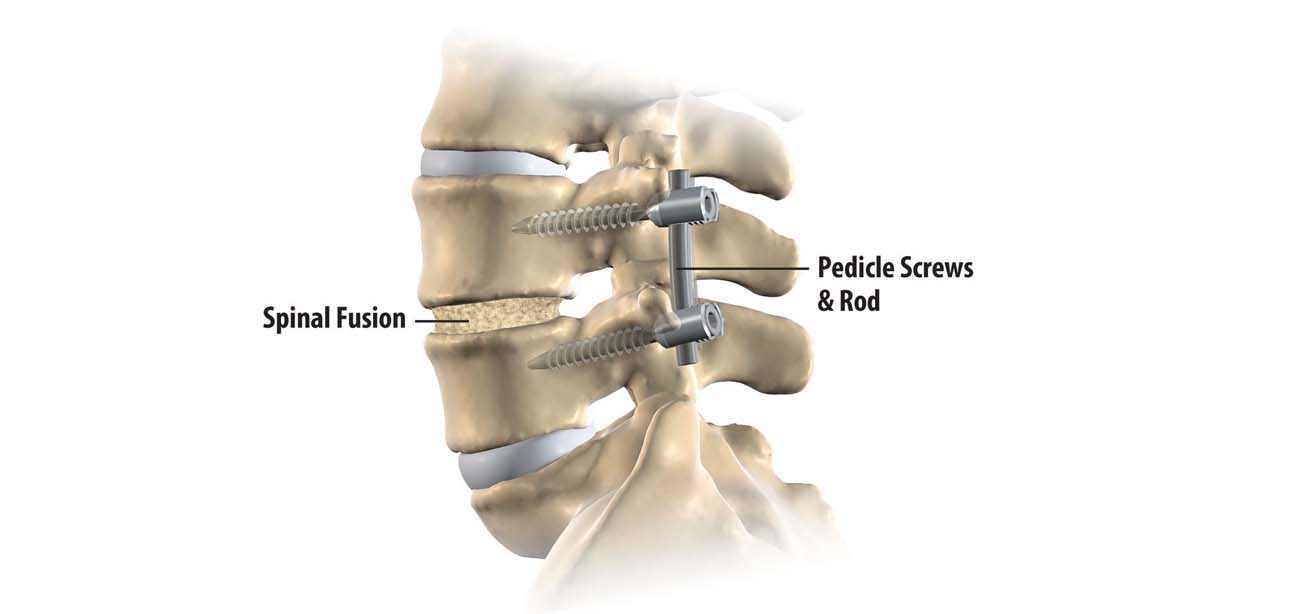
Spine Surgery
What is Spine Surgery?
Spine surgery can be called as any type of surgery to correct problems affecting the vertebral column which cannot be resolved with the help of conservative treatment.
The 33 bones (vertebrae) of the spine define us as vertebrates. One of the strongest group of bones in the body, the spine is responsible for our erect posture and houses the peripheral nervous system. It starts with the atlas and ends at the coccyx. The spine curves according to corresponding regions of the body and can be divided into five parts-
- The cervical spine
- The thoracic spine The coccyx
- The sacrum
- The lumbar spine
Deformity or abnormalities in any section/part of the spine which cannot be treated successfully with conventional or non-invasive methods, necessitates the need for surgery. Spine surgeries consist of different techniques and approaches that aim to restore the physiological (natural) form and function of the backbone.
Methods/Techniques of Spine Surgery
Various approaches to spine surgery are discussed here:
- Discectomy (to remove herniated/slipped disc)
- Microdiscectomy
- Foraminotomy, Foraminectomy
A discectomy procedure intends to stop motion across a certain section of spine in order to encourage fusion of bone. It can be performed in cervical, thoracic or lumbar spine. Incisions measuring 2-3 inches are made in the affected region, thus exposing the spine. The overlying fascial and muscular attachments are separated and the bulging disc is removed with the help of special surgical instruments. After this, a piece of bone graft is placed in the gap created. Metal plates are fixed with the help of screws over this graft to secure and stabilize the spine into position. The wound is later on closed in layers.
It is a minimally invasive procedure in comparison to conventional discectomy, which is an open surgery. Instead of complete removal of the herniated disc, only bulging pieces of disc are taken out and wound is closed. It gives better results and has a shorter recovery time, with no major alteration in structure of the spine.
These terms can be used interchangeably to describe a procedure which is used to relieve pressure on the spinal nerves. Spinal nerves travel through small tunnels and openings known as foramina (singular - foramen). In conditions such as spinal stenosis, facet arthritis and disc herniations, these foramina narrow down and compress the nerve, which leads to irritation and associated symptoms.
When a large section of bone and tissues need to be removed for decompression, the procedure is termed as foraminectomy.